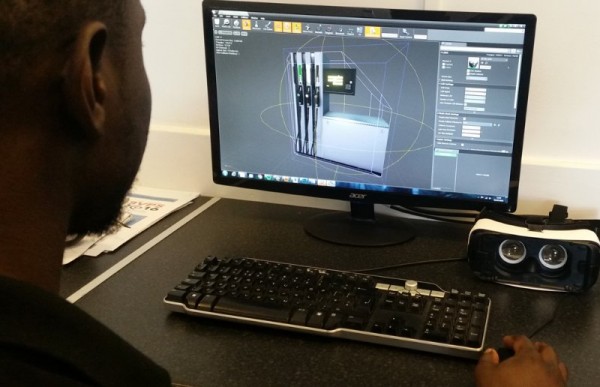When Classroom Training Goes Wrong
The curious case of slideshows, DVD’s and the paper box
In a recent high court case regarding employee health and safety in Ireland, the plaintiff was awarded €85,000. The case arose from an incident involving Dunnes Stores, a large Irish retail chain, and one of its employees. In short, the employee lifted a box while bending from the back and suffered an injury. Dunnes Stores provided evidence that the employee had received manual handling training as part of her induction and that she had signed to say she had received this training. The training involved a slideshow, dvd and demonstration of lifting technique using a box of photocopying paper. In addition, they provided the employee with a handbook which contained two pages describing lifting techniques.
Signed…but not understood
The employee denied receiving the training and claimed she was asked to sign forms, which she did, but didn’t understand due to her poor English. While the judge believed the employee had not received her training, he explained that even if the training had been provided, it would not have made a difference to the liability as it was not good enough. Furthermore, no attempt was made to inquire whether the plaintiff understood the instruction given in relation to manual handling training.
The judge explained: “There was no proper follow-up to the training which had been given. Nobody checked to make sure that the plaintiff understood the basic requirements of safe manual handling techniques. If there had been adequate follow-up and supervision, the defendant would have learned that the plaintiff was using an incorrect and dangerous method of lifting items. This should have been spotted and corrected.”
Training in the eyes of the law
Companies often fall down because they are under the impression that the training they are providing to their employees is sufficient. This Dunnes Stores case is a good example of this as -although they had provided “manual handling training” – it was clearly not up to standard or compliance laws. The key findings from the judge were “the training stated to have been given was inadequate. The demonstration given was in relation to the lifting of a box of A4 paper. This was not remotely comparable to the lifting exercise which the plaintiff had to do in the course of her duties in the Men’s department”.
Compliant and innovative “Blended Learning”
A blended learning approach to training is an effective solution to keeping employees suitably trained especially when delivering instruction to a wide audience. This approach combines the advantages of classroom training, group interaction, training groups and the “human touch”, with the advantages of digital training, time and money savings, self-paced learning and the delivery of a consistent message.
Within the digital component of blended learning, learners can benefit from interactive content versus content which traditionally would be displayed on a DVD. Interactive content allows learners to literally “interact with the content” through many forms e.g. clicking on appropriate responses to questions, clicking to animate an object or start a process, or dragging and dropping items to practice a skill. This level of interactivity is extremely effective as it allows learners to acquire the skills and thought processes needed to respond appropriately to workplace situations.
Overcoming language barriers
Digital training also provides the benefits of different language capabilities with subtitles or multilingual voice overs. This eliminates the language barrier in training a huge amount of employees face these days. An example of where this functionality would have been useful is in the court case above. The employee said she had difficulty reading the training handbook as her English was poor. If the employee had the option of taking the training in her own language, this would not have been a problem.
The benefits of a robust Learning Management System
Learning Management System’s (where all digital training occurs) are eliminating a lot of the problems associated with traditional training. There is a huge reduction in administration posts as admins/managers etc. can manage all of their employees training digitally. They can check who has taken a course, what their progress is and their score results. The LMS can create reports containing all of the information that is needed about an employees training records. This allows for a large cutback in paperwork and better transparency of employees progress. Furthermore users can demonstrate proper understanding of their learning by selecting appropriate answers to questions, in comparison to a signature which does not demonstrate understanding.
Finally, there is evidence to show that digital training improves learners retention rates. The Research Institute of America found that learners retention improves by 25-60% with eLearning. This is because learners have control over their learning process and also have the opportunity to revisit the training when needed. This improves employee performance and lessens the risk of accidents happening in the workplace.
Ultimately blended learning is a scalable strategy which provides effective ways of learning that were never before possible. A careful design process can unlock its potential and give employers the opportunity to standardize their training to comply with government rules and regulations.
05/03/2015 See all posts








